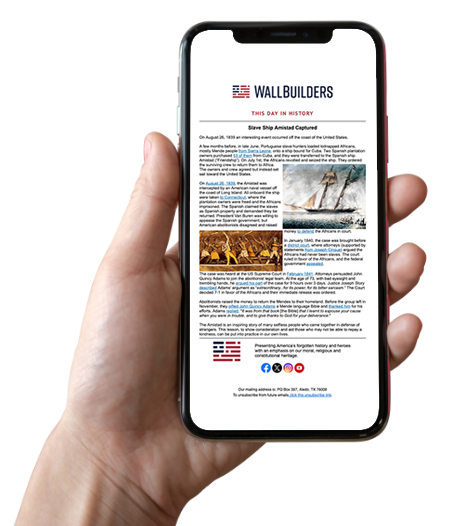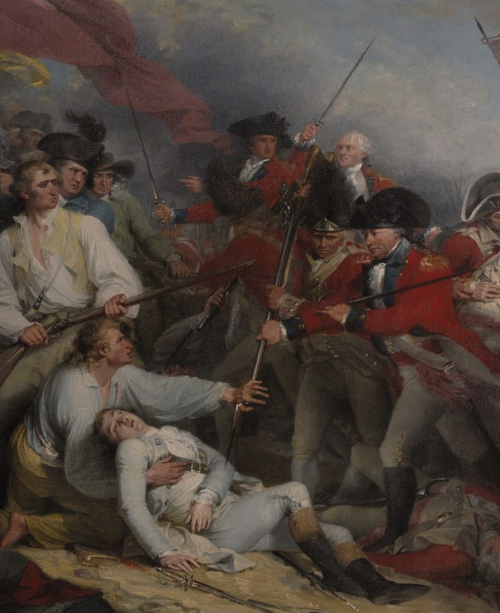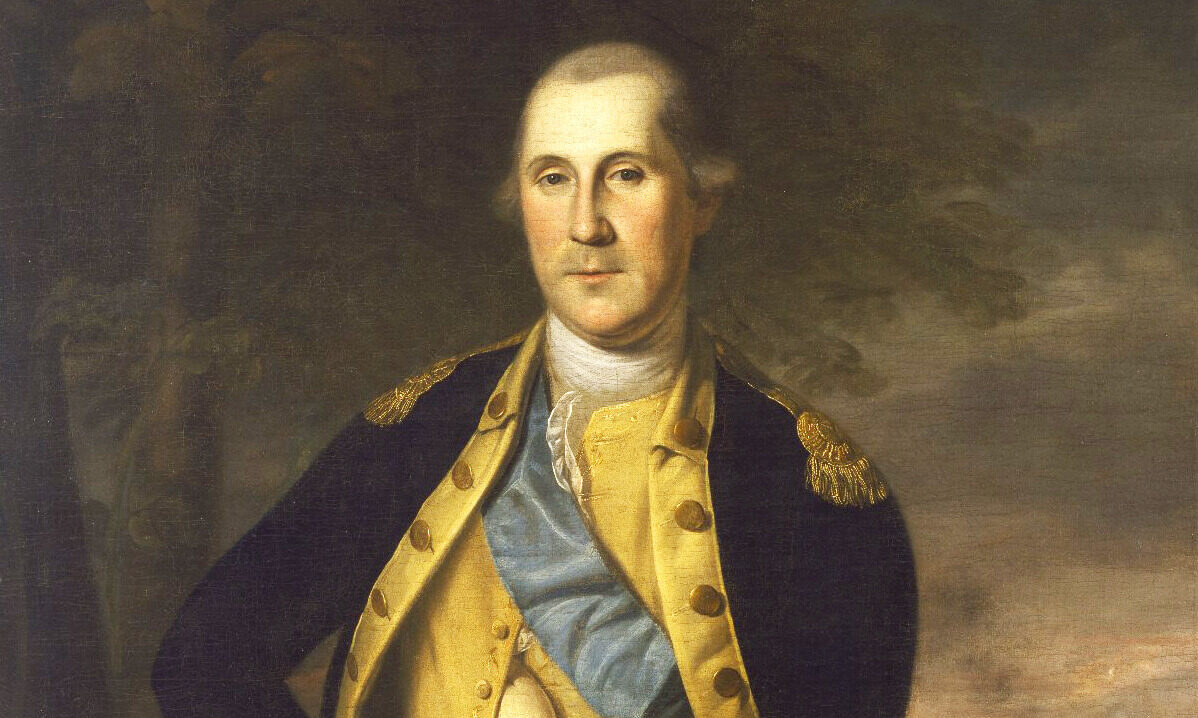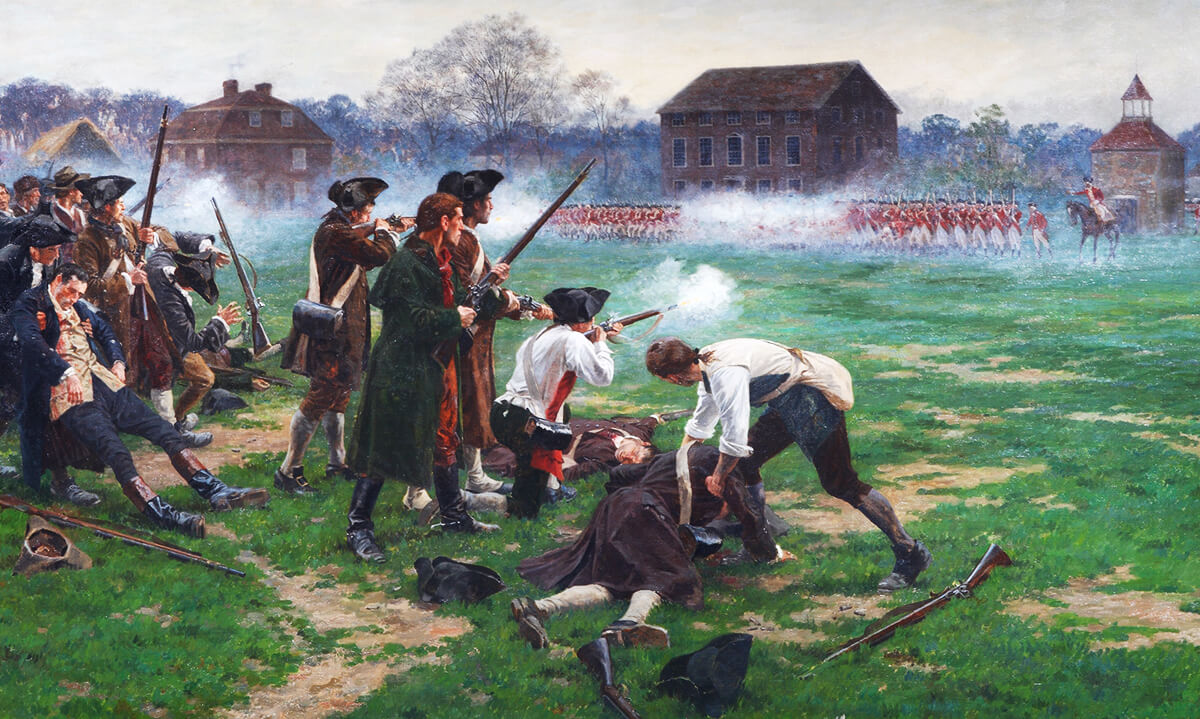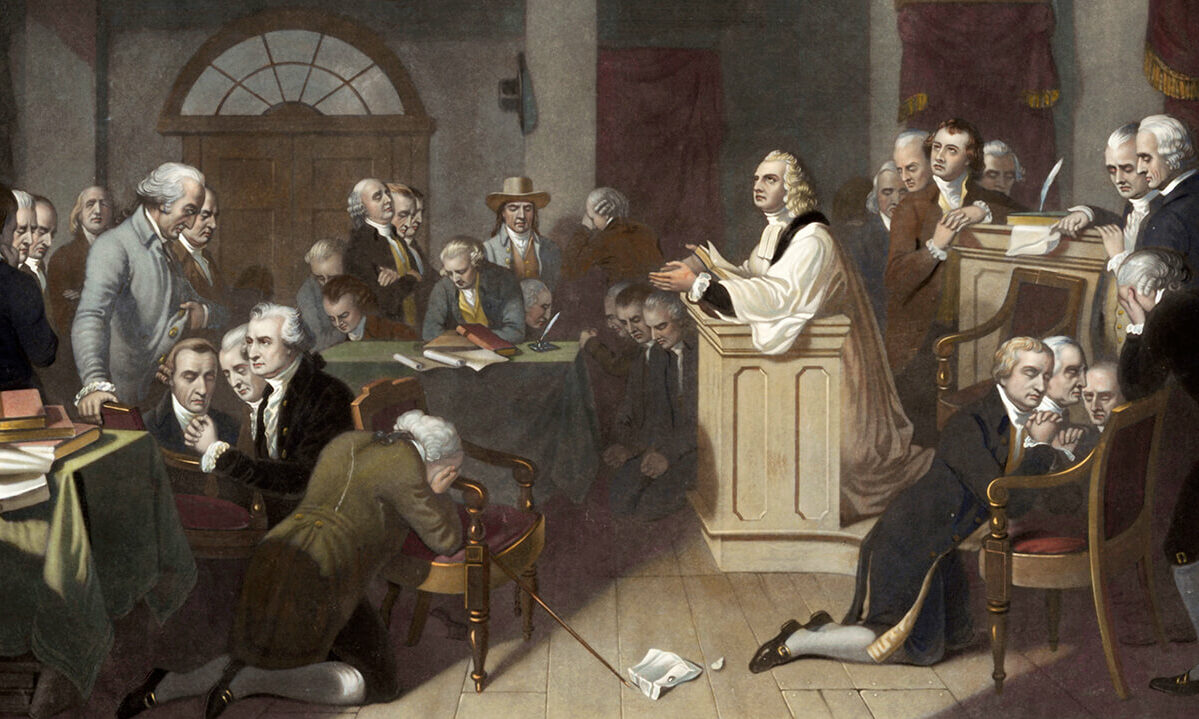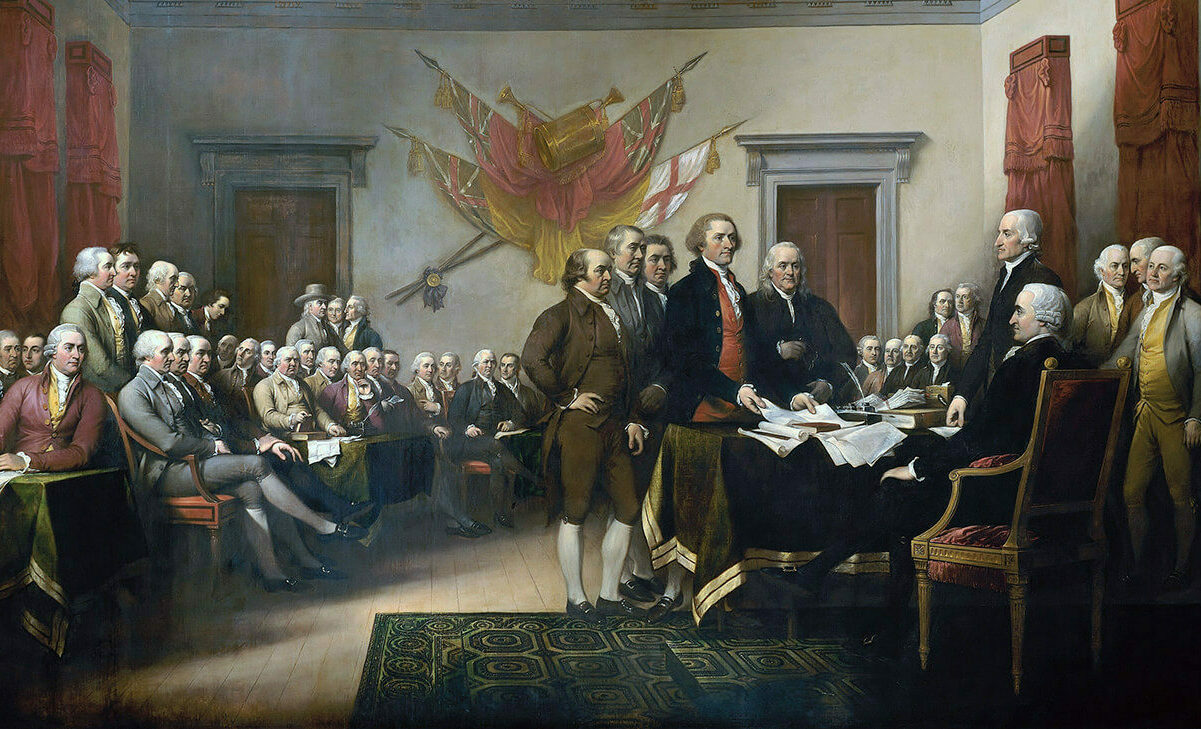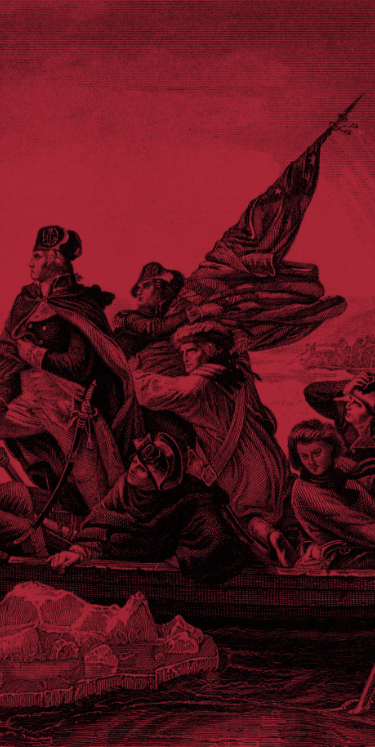“Having put his hand to the plow, he would not turn back.”
When fifty-six men of varying backgrounds, temperaments, means, and abilities, mutually pledged “our Lives, our Fortunes and our sacred Honor,” the words were not mere platitudes. Each knowingly signed his name. Many, if not most of those men lost loved ones and homes. Many accumulated great financial debt resulting in bankruptcy or loss of their properties. None sacrificed his honor.
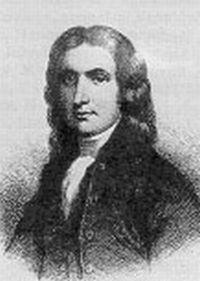
Such was John Hart, signer of the Declaration from New Jersey and one of the many noted Christians among the Founding Fathers. Unlike some other Founders, Hart left little by way of written testimony. But his Christian character was widely attested to by those who knew him best. WallBuilders’ museum features some legal documents signed by John Hart and in which he affirms the legal oaths, on “the Holy Evangelists of Almighty God” (i.e., the entirety of the Scriptures). Significantly, many colonial oaths were not merely taken on the Bible, but used this specific stronger language.1
Not much is known about John Hart’s younger years, including not even the exact year he was born (ca. 1711-1715). He learned bravery and patriotism from his father who helped raise a volunteer army, named “The Jersey Blues,” to assist in the French and Indian War.2
Also like his father, John became a gentleman farmer, acquiring a large property where he raised grains for his mill, a multitude of livestock, and reared his 13 children. He was a natural leader in his community and in his church. His reputation as “Honest John Hart” earned him the confidence and respect of those around him.3 Although he preferred to remain on his farm, he answered duty’s call to public service time and time again. Over the course of 29 years he held several local and state offices. He early became interested in the cause of freedom, even helping to select New Jersey’s delegates to the Stamp Act Congress in 1765.4
John Hart was himself elected to the Continental Congress where, somewhere near the age of 60, he voted for the Declaration of Independence with “unusual zeal.”5 Since the British army was already ravaging New York at the time, he fully understood the eminent personal cost entailed by affixing his name to the Declaration of Independence. And it wasn’t long before he realized those consequences.
The British Army quickly swept into New Jersey. His property was pillaged by Hessian mercenaries. His two eldest sons were serving in the Continental Army and his remaining children had to flee their home. John was chased from his dying wife’s bedside and hunted by the enemy. He wandered about the countryside to avoid discovery by the British, rarely sleeping in the same place two nights in a row. In fact, he even had to sleep in the “resting place of a large dog” to avoid detection by a nearby British patrol.6 Several times, he was forced to flee as fast as he could to “save his neck” since he had been “marked for vengeance” by the British.7
John was never even tempted by the pardons offered by the British for “rebels” who would recant and declare their loyalty to the Crown.
Eventually, he was able to return to his destroyed home in 1777 and regather his scattered family. He began to restore his farm and property, but his health was permanently broken and he never fully recovered from the physical hardships of strain and exposure. His farm was later sold off to cover debts incurred during the war. He died before the end of the War, having yet witnessed the freedom for which he sacrificed so much. We owe much to men such as John Hart who gave his all so that future generations might live in freedom and security.
To learn more about John Hart’s faith and character and that of his wife’s, read Lives of the Signers and Wives of the Signers (both reprinted by WallBuilders).
Endnotes
1. See, for example, Joseph Brevard, An Alphabetical Digest of the Public Statue Law of South Carolina (Charleston: John Hoff, 1814), II:86, “Oaths-Affirmations,” 1731; Oliver H. Prince, A Digest of the Laws of the State of Georgia (Milledgeville: Grantland & Orme, 1822), 3, “An Act for the case of Dissenting Protestants, within this province, who may be scrupulous of taking an oath, in respect to the manner and form of administering the same,” passed December 13, 1756; Samuel Nevill, The Acts of the General Province of New Jersey (Woodbridge, NJ: James Parker, 1761), 135, “An Act for the Raising and Maintaining One Hundred and Twenty Effective Men, for the Defense of the Frontiers of the Colony of New Jersey,” passed June 3, 1757; John Haywood, A Manual of the Laws of North Carolina (Raleigh: J. Gales, 1814), 34, “Oaths and Affirmations. 1777”.
2. John Sanderson, Biography of the Signers to the Declaration of Independence, (Philadelphia: TR.W. Pomeroy, 1827), 9:94; L. Carroll Judson, A Biography of the Signers of the Declaration of Independence, and of Washington and Patrick Henry (Philadelphia: J. Dobson, and Thomas, Cowperthwait & Co., 1839), 189.
3. Sanderson, Biography of the Signers (1827), 9:99; Rev. Charles A. Goodrich, Lives of the Signers of the Declaration of Independence (New York: Thomas Mather, 1836), 228.
4. Benson J. Lossing, Biographical Sketches of the Signers of the Declaration of American Independence (New York: George F. Cooledge and Brother, 1848), 88.
5. Robert W. Lincoln, Lives of the Presidents of the United States; with Biographical Notices of the Signers of the Declaration of Independence (New York: William W. Reed, 1833), 360.
6. Lincoln, Lives of the Presidents (1833), 360; Sanderson, Biography of the Signers (1827), 9:113.
7. Judson, A Biography of the Signers (1839), 191; Lossing, Biographical Sketches of the Signers (1848), 88.
Still looking for answers? Visit our FAQ page
More Resources
Know the Truth and Protect Your Freedoms.
Still looking for answers? Visit our FAQ page
Stay Informed with the Latest Resources
Enter your email address to receive our regular newsletter, with important information and updates right in your inbox!
